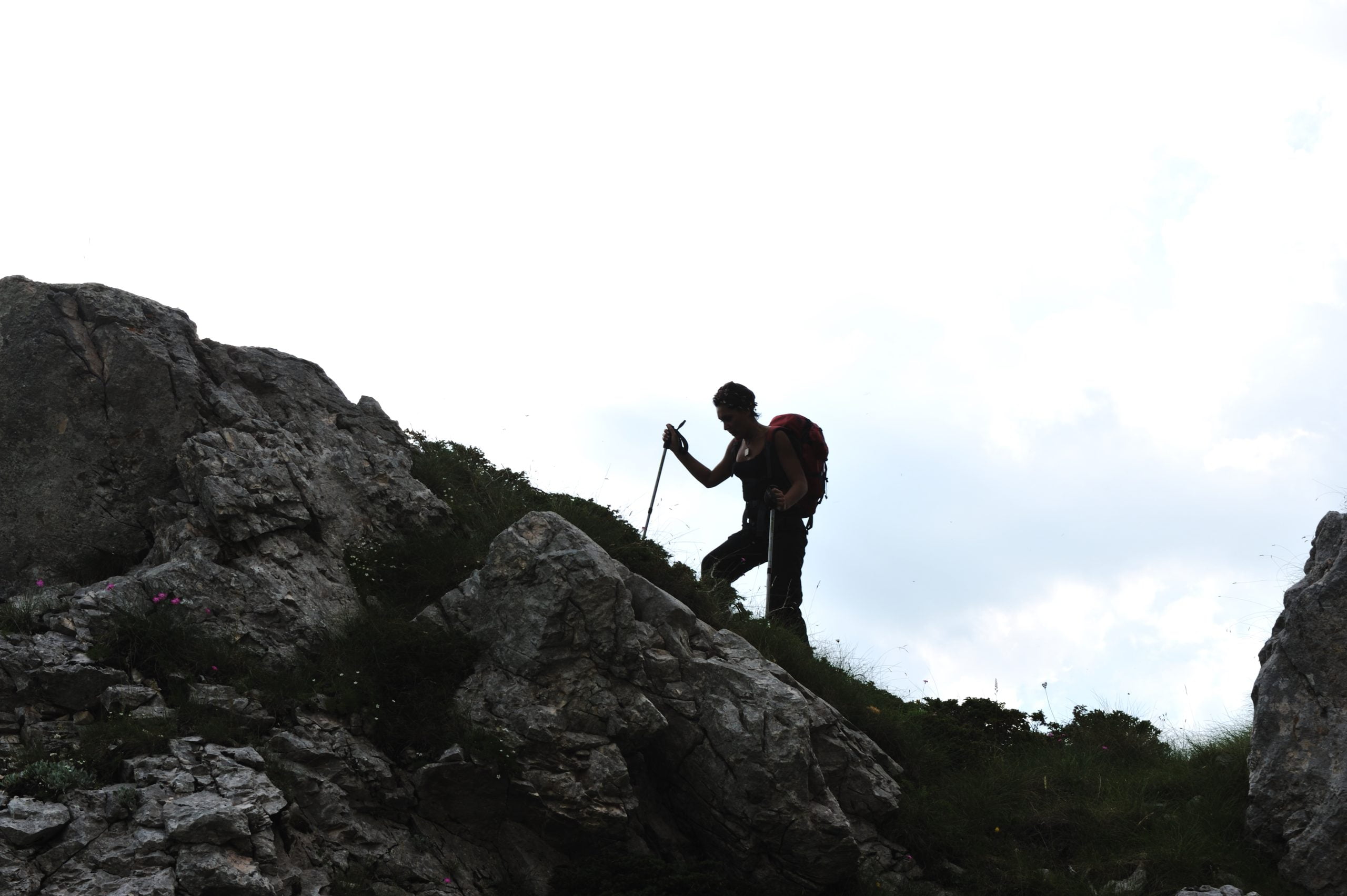Forest and Jungle Survival Skills
When it comes to surviving in a forest or jungle environment, there are several essential skills that you need to master. Firstly, you should know how to find food and water sources such as edible plants, streams, rivers, lakes, ponds, etc. Secondly, you must be able to build shelters using natural materials like leaves, branches, twigs, mosses, ferns, etc., which can protect you from harsh weather conditions like rain, snow, wind, cold temperatures, etc. Thirdly, you should have knowledge of basic first aid techniques to treat injuries, illnesses, and other medical emergencies. Fourthly, you should possess navigation skills to avoid getting lost in the wilderness. Last but not least, you should be able to identify dangerous wildlife species and take necessary precautions to avoid confrontations with them.
Desert Survival Tips
In desert environments, survival is challenging due to extreme heat, lack of water resources, and limited vegetation cover. To survive in this type of terrain, here are some tips that will help you stay alive: 1) Carry plenty of water at all times; one gallon per day per person is recommended. 2) Wear light-colored clothing and use sunscreen to prevent sunburns and dehydration. 3) Avoid exposure to direct sunlight during peak hours (10 am – 4 pm). 4) Look for sheltered areas like caves, rock overhangs, or any structure that provides shade from the scorching sun. 5) Use sand dunes as natural reflectors to signal for rescue if needed. 6) Do not eat or drink anything unless absolutely necessary since most desert regions do not support life. 7) Be aware of local flora and fauna that may pose danger to your health.

Mountain Climbing Essentials
Climbing mountains requires specialized equipment, training, and experience. Here are some essentials that every mountain climber needs to carry on their adventure: 1) Proper footwear – sturdy hiking boots or mountaineering shoes with good grip and ankle support. 2) Appropriate clothing – warm layers, waterproof jacket, gloves, hat, sunglasses, etc. 3) Backpack – large enough to accommodate all the supplies required for the trip. 4) Rope – for safety purposes when climbing steep sections or crossing crevasses. 5) Harness – to secure yourself while climbing or descending slippery surfaces. 6) Helmet – to protect against falls, rocks, and other hazards. 7) Food and water – sufficient quantities to sustain energy levels throughout the journey. 8) Map and compass – to navigate through unfamiliar territory. 9) Emergency kit – including first aid supplies, fire starters, whistle, signaling device, etc.

Water Conservation Techniques in the Wild
Water conservation is crucial when exploring remote wilderness areas where potable water sources may be scarce or non-existent. Here are some effective ways to conserve water: 1) Collect rainwater in containers like bottles, jugs, or buckets whenever possible. 2) Purify water by filtering or sterilizing it before consumption. Boiling for five minutes is an efficient method to kill bacteria and viruses. 3) Drink sparingly and only when thirsty to minimize fluid loss through sweating and respiration. 4) Avoid wasting water by brushing teeth with minimal amounts, taking short showers instead of baths, and conserving water when washing dishes or clothes. 5) Store water in a cool place away from direct sunlight to prevent contamination and evaporation. 6) Monitor body fluids regularly and replenish them promptly to maintain hydration levels.
Shelter Building for Wilderness Adventures
Building a shelter is critical for survival in the wild. It provides protection from harsh environmental factors like heavy rains, strong winds, freezing temperatures, and UV radiation. Here are some steps to follow when constructing a temporary shelter: 1) Choose a suitable location that offers adequate protection from the elements. 2) Gather materials like branches, leaves, mosses, ferns, etc., that can be used to build the structure. 3) Create a foundation by digging a trench and placing logs or stones along its length and width. 4) Weave branches and foliage together to form walls and a roof that can withstand wind and rain. 5) Add insulation like grass, moss, or animal fur inside the shelter to keep warm. 6) Check for ventilation to prevent excess moisture buildup and poor air circulation. 7) Consider adding extra features like a doorway, window, or benches for comfort and convenience.
Fire Starting Methods for Emergency Situations
Having the ability to start a fire is essential for warmth, cooking, signaling, and self-defense in wilderness settings. Here are some reliable methods to start a fire: 1) Matches/lighters – carry a waterproof container with matches or lighter fuel strips. 2) Fire steel/flint & magnesium rod – these tools create sparks that ignite tinder material like dry leaves, twigs, or cotton balls. 3) Batteries – dead batteries can produce electricity to generate a spark via a wire and metal object. 4) Candles – melted wax or the wick itself can serve as tinder to catch fire. 5) Magnesium block – a durable fire starter made of magnesium alloy that creates intense heat when struck with a ferrocerium rod or stone. 6) Rub two sticks together – friction between dry wood pieces can generate enough heat to ignite kindling material. Practice these techniques before embarking on your next outdoor adventure so you’re prepared for any situation.